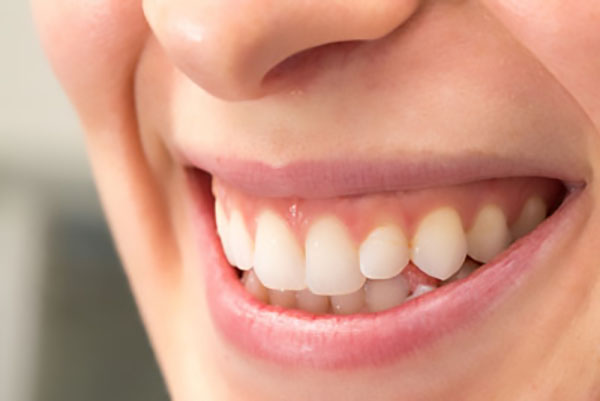How Are Veneers Made?

Dental veneers are ultra-thin shells made of porcelain material. Veneers are bonded to the tooth’s surface to correct defects related to its color, shape and size and to make the smile look more attractive. The results obtainable from veneers have made them a popular treatment in cosmetic dentistry.
Making dental veneers
When it comes to making dental veneers, two materials are typically used — porcelain and composite resin. A dentist will discuss the options with the patient, including the benefits and drawbacks of each option. Patients should try to read up on the materials and understand their choices before going through with the treatment so they can make an informed decision.
Dental veneers are custom made in a dental laboratory using impressions of the patient’s teeth. The first step is to determine the objectives of treatment. After clarifying treatment goals, the dentist will remove about a half millimeter of the tooth’s enamel from the front surface to create room for the thickness of the veneer shells. The dentist will then take a mold of the prepared tooth and forward it to the lab.
At the laboratory, the lab technician will start the process by scanning the mold with the use of a computer. The scan of the model helps to produce the framework for the final veneer. Depending on the material to be used, the technician will sort the features of the restoration by color and opacities, and work with the pictures and the dentist’s notes. The veneer material is applied to the substructure and fired inside an oven. After the firing is complete, the veneer is smoothened and glazed. The glazing ensures the tooth looks natural after the restoration process.
Porcelain veneers
These are the conventional veneers. Porcelain veneers are made from thin shells of ceramic and molded to the shape of the tooth’s front surface. Once in place, the strength and resilience they offer are similar to the tooth enamel.
It is crucial to note that the process is irreversible. However, the aesthetic appeal that comes with porcelain veneers makes it an excellent option for cases where the structure of the original tooth is compromised. When the tooth is discolored, porcelain veneers can make it brighter. They can also last for up to 10 years with proper care.
Composite veneers
These veneers are made from a composite resin and are also called bonded veneers. The process of applying composite resin is less invasive and relatively faster than porcelain veneers. To many, the most significant advantage of choosing composite over porcelain is reversibility.
Composite resin veneers are aesthetically appealing, but with the appeal come higher maintenance requirements. Composite veneers are more prone to staining or chipping, meaning patients will make more visits to the dentist for repairs. They can last for five to 10 years, depending on the level of maintenance.
Have more questions about veneers?
Dental veneers can help repair a chipped, cracked or broken tooth and make the smile appear more attractive. If you are considering the procedure, contact our dental office today.
Request an appointment here: https://metrosmiles.com or call Metro Smiles Dental at (718) 841-9591 for an appointment in our Forest Hills office.
Check out what others are saying about our services on Yelp: Read our Yelp reviews.
Related Posts
A tooth replacement procedure is vital if you are missing teeth. You will be happy to know that there are multiple options available to restore your smile. If you are missing a few or many teeth but have healthy natural teeth remaining, partial dentures make a lot of sense. This solution can improve your appearance…
Dental implants are durable, natural-looking replacements for missing teeth. An implant dentist may recommend a single implant or multiple implants spaced throughout the mouth depending on how many teeth are missing and where. This blog will discuss when single or multiple implants are recommended, as well as the other tooth replacement options that can bolster…
Dental implants are a popular and effective treatment option for missing teeth. However, it can be overwhelming to learn about the details of the entire process. In addition, it is normal to have questions about the procedure. This article will review the most commonly asked questions and help you determine if this procedure may be…
Oral health plays a vital role in your overall well-being. Dental advancements have revolutionized dentistry and can replace missing or damaged teeth and restore smiles. Implant dentists provide patients with effective and long-lasting solutions for missing teeth. This blog post will discuss common treatment options offered by implant dentists.Dental implants are small titanium posts that…
